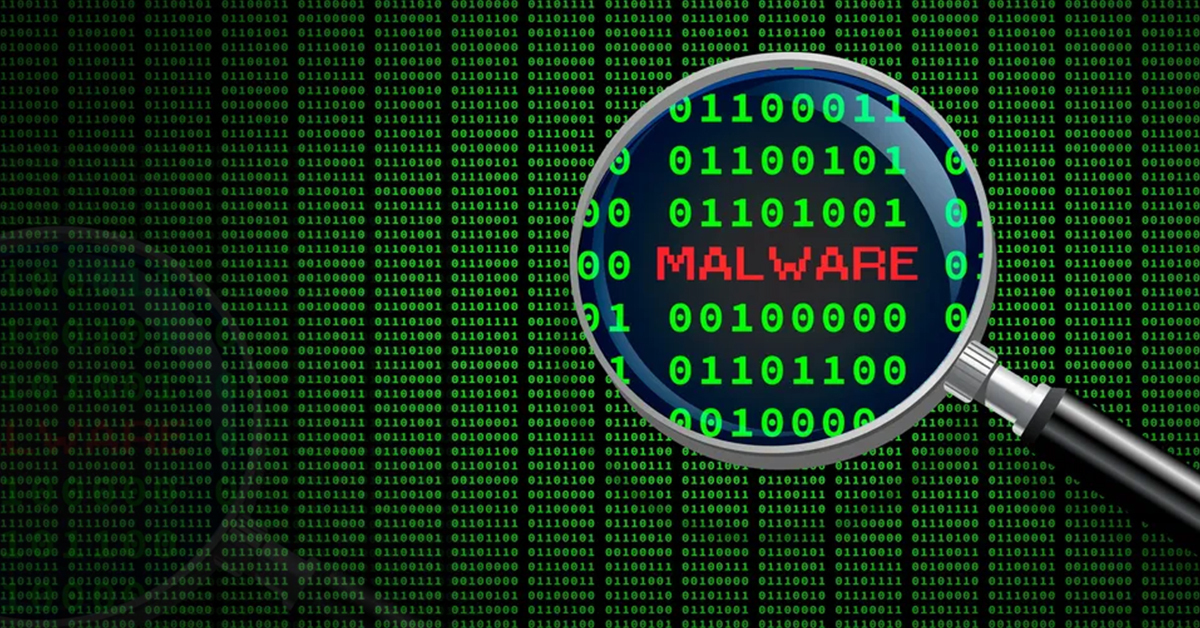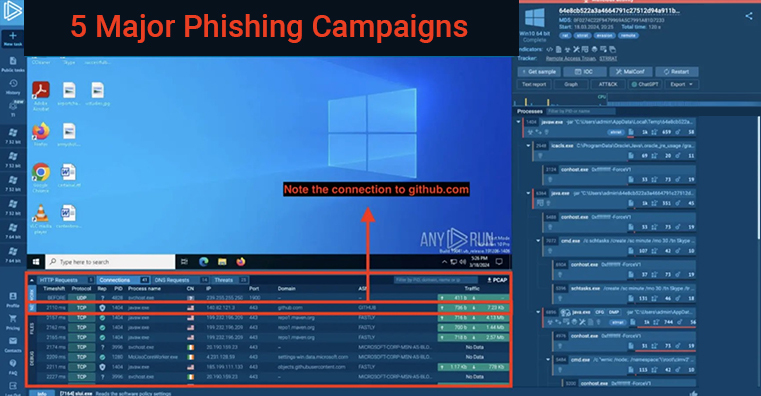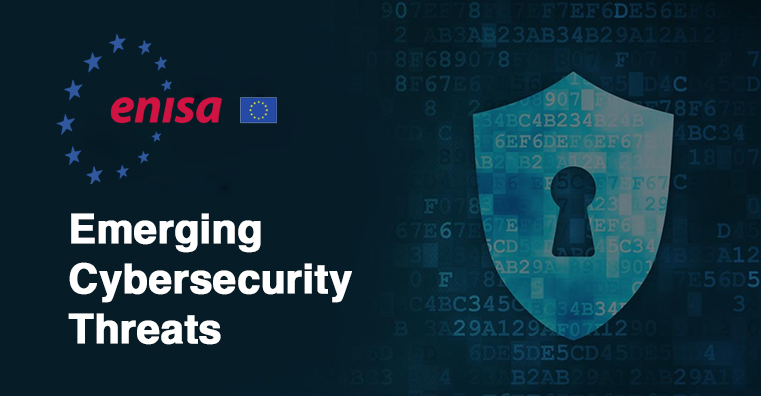As cloud systems are widely accepted and provide a single location to store critical data, threat actors target them. Taking advantage of vulnerabilities in cloud security could lead to revenue generation, infrastructure disruptions, or illegal access to confidential information.
The systems are attractive targets for cyberattacks because of their high degree of interconnectedness and scalability. The NSA's cybersecurity analysts have published a list of the top ten recommended security measures for cloud systems.
Top Ten Best Practices for Cloud Environments
NSA researchers have published mitigation measures for cloud security to inform cloud users about critical security procedures. When consumers move their data to cloud environments, threat actors primarily target them.
Ten Cybersecurity Information Sheets (CSIs) are included in the publication, each of which focuses on a different strategy. The National Security Agency (NSA) and the Cybersecurity & Infrastructure Security Agency (CISA) work together on six of the ten strategies.
The NSA's list of the top ten recommended security practices for cloud systems is shown below:-
- Uphold the Cloud Shared Responsibility Model: This CSI clarifies the security obligations of customers and CSPs in protecting the cloud instance they have selected, thereby educating them on a cloud framework.
- Employ Secure Cloud Identity & Access Management Practices: This CSI explains the risks associated with cloud identity management and offers best practices for reducing them for cloud-based enterprises.
- Make Use of Secure Cloud Key Management Practices: This CSI offers best practices and key management alternatives for their application. It highlights how crucial it is to comprehend your shared security responsibilities while using cloud KMS.
- Implement Network Segmentation & Encryption in Cloud Environments: This CSI offers guidance on using concepts that are different from those used in on-premise networks in cloud environments. ZT can now have an infrastructure without specialist appliances thanks to cloud computing. The main focus is on highlighting the most effective ways to use basic cloud functionalities.
- Protect Data on the Cloud: As businesses move, protecting cloud data is essential. The most important things are to recognize the sensitivity of your data, select appropriate storage, and implement security measures. An overview of cloud storage security and auditing procedures is provided in this CSI.
- Protecting Continuous Integration/Continuous Delivery Environments: To strengthen cloud DevSecOps defenses, NSA & CISA provide this CSI. Utilizing government guidelines for reliable CI/CD cloud deployments provides direction for integrating security into DevOps CI/CD settings.
- Use Infrastructure to Enforce Secure Automated Deployment Practices: Baselines, IaC, and golden images, which serve as templates for resource deployment both on-premises and in the cloud. IaC uses code to automate deployment, including security policy implementation. Secure starting locations are provided by baselines and golden pictures.
- Take into Consider the Complexities that Hybrid Cloud and Multi-Cloud Environments Introduce: This CSI addresses the difficulties associated with deploying hybrid and multi-cloud by providing ways to reduce growing complexity.
- Reduce the Risks Associated with Cloud Environment Managed Service Providers: MSPs oversee cloud-based IT services, providing infrastructure, security, and backup. Although they offer customized solutions, adopting them raises the danger of cybersecurity breaches.
- Handle Cloud Records for Effective Threat Hunting: Virtualization makes cloud tenant access complicated because security is based on immutable records. It is necessary to keep an eye on the audits, logs, and access policies. Logs need to be managed by organizations for compliance and threat hunting.
When implemented properly, cloud computing increases IT efficacy and security. But threat actors are drawn to concentrated data, therefore these principles will help businesses protect their cloud environment.
The Bottom Line
You can prevent malware like Trojan horses, ransomware, spyware, rootkits, worms, and zero-day exploits by using Perimeter81 malware protection. All of them have the potential to cause great harm to your network. So, follow these cloud environment practices to protect your network from such cyber attacks.

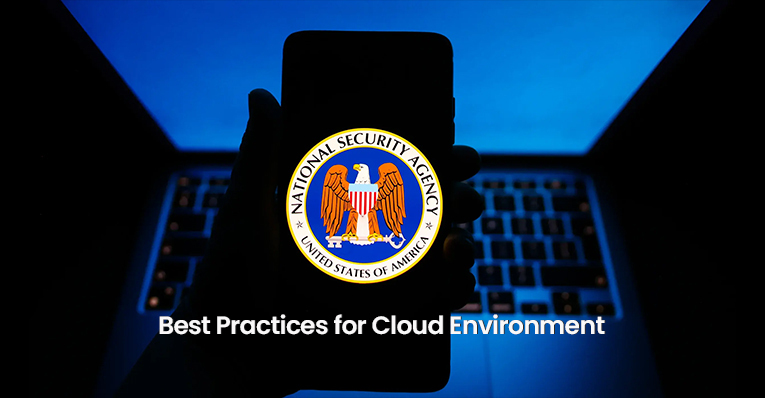
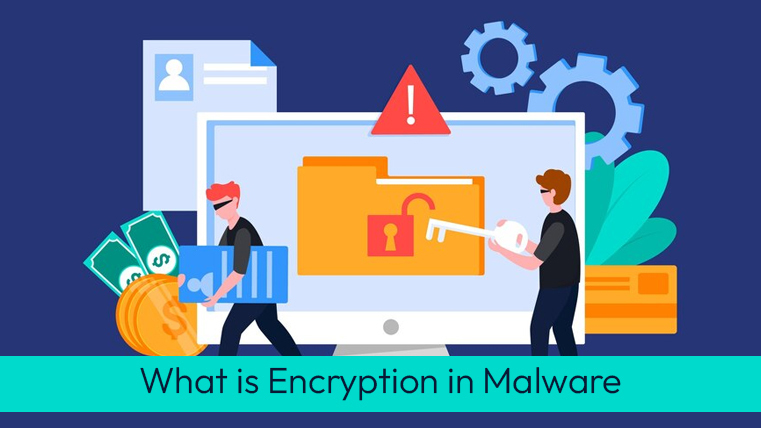
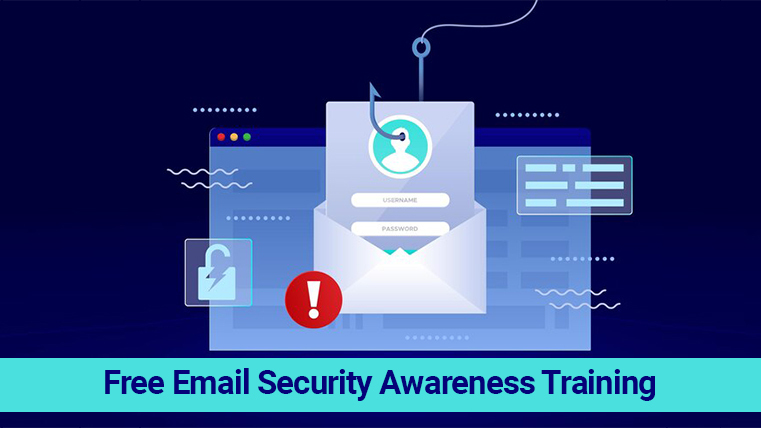
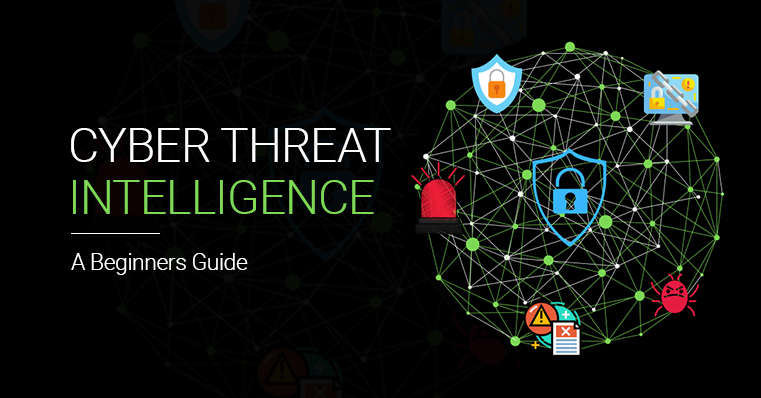
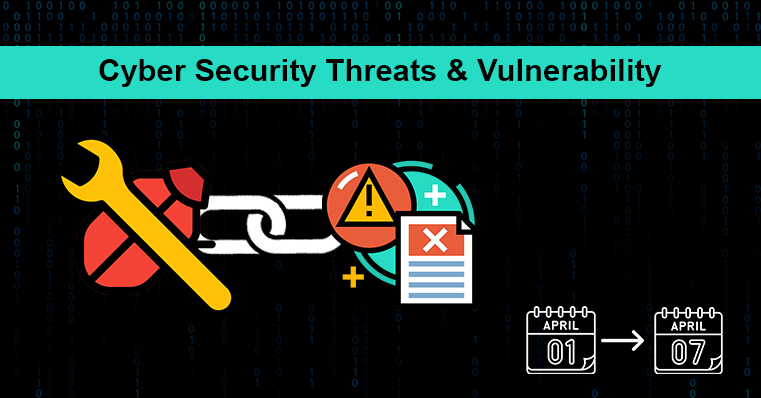
.jpg)
